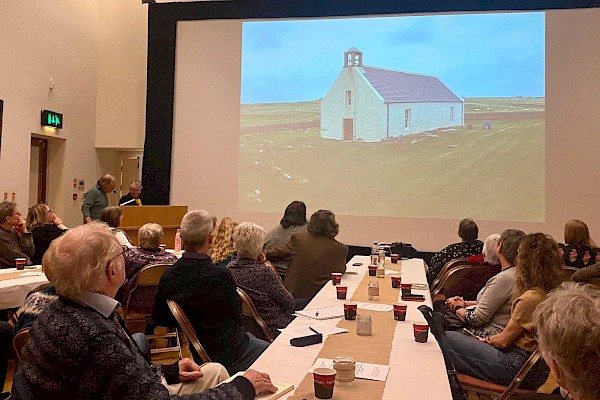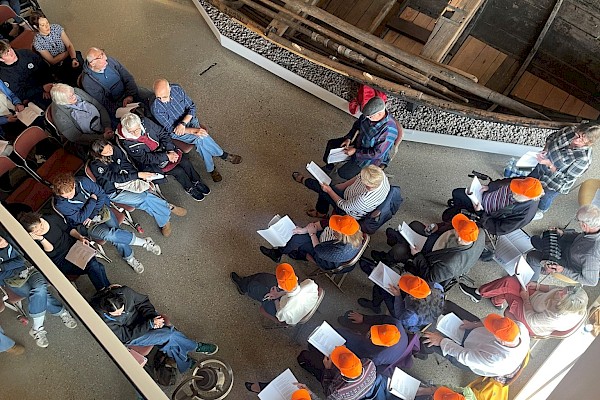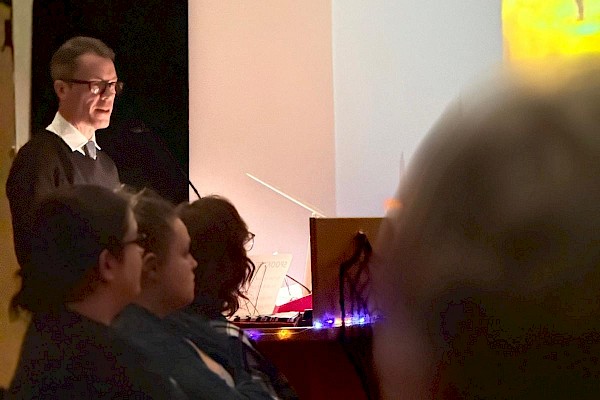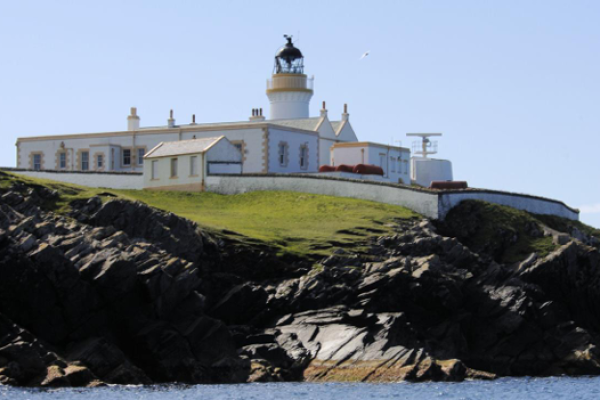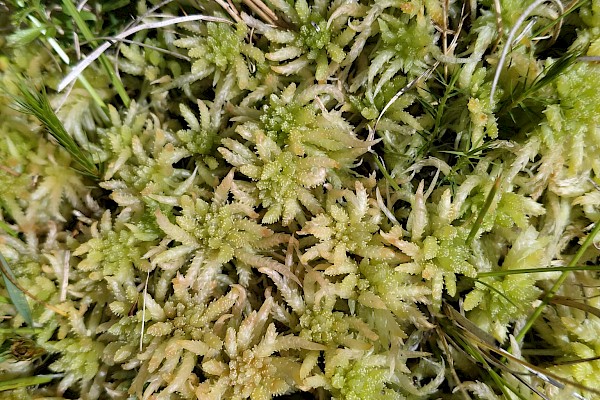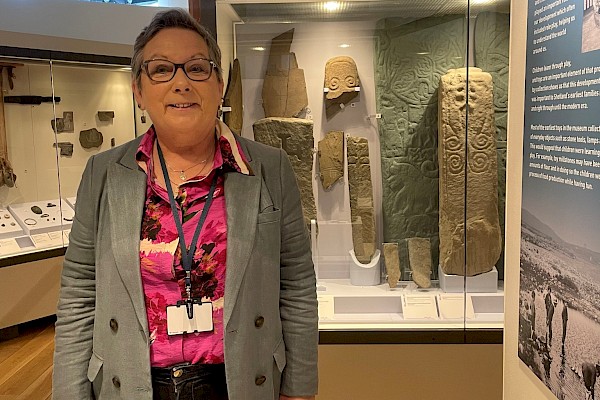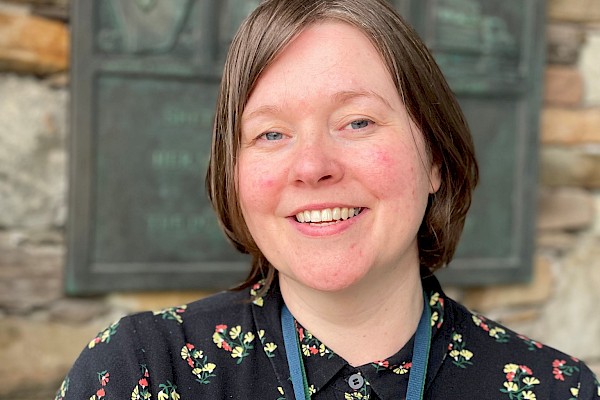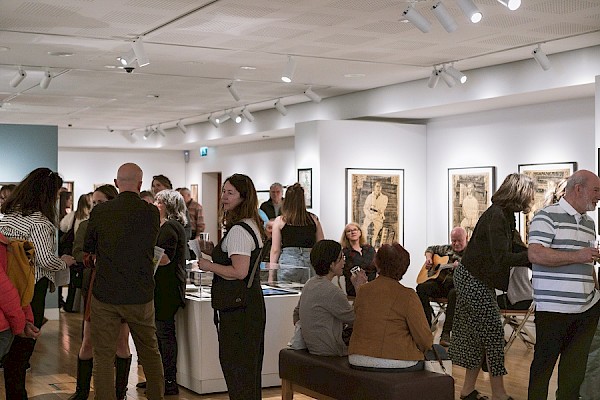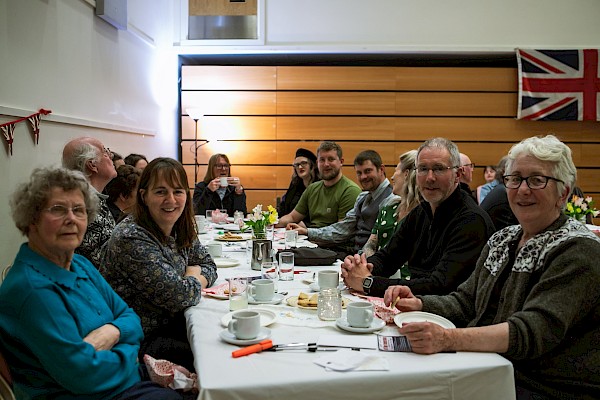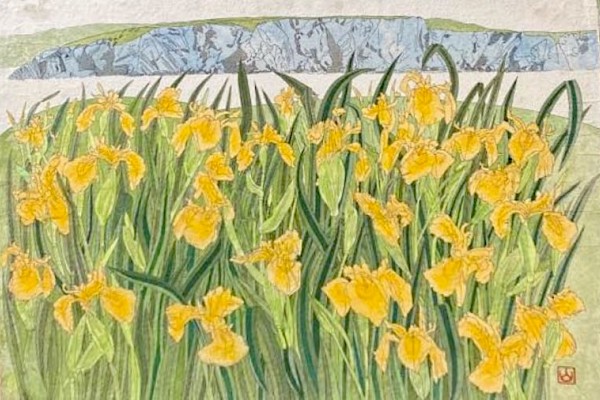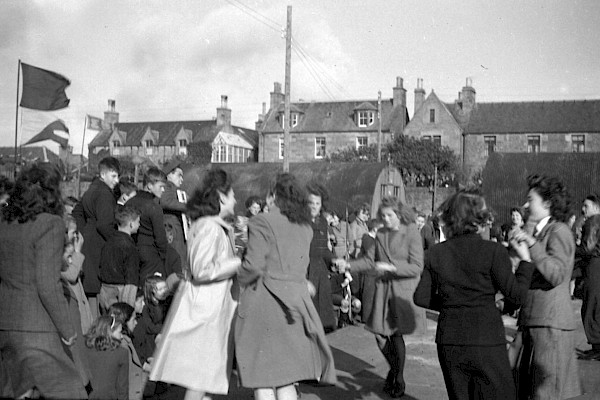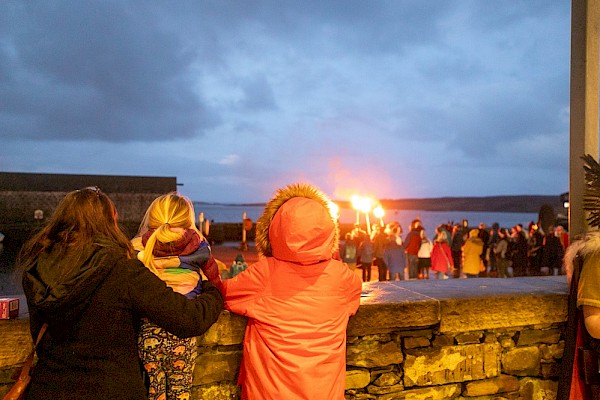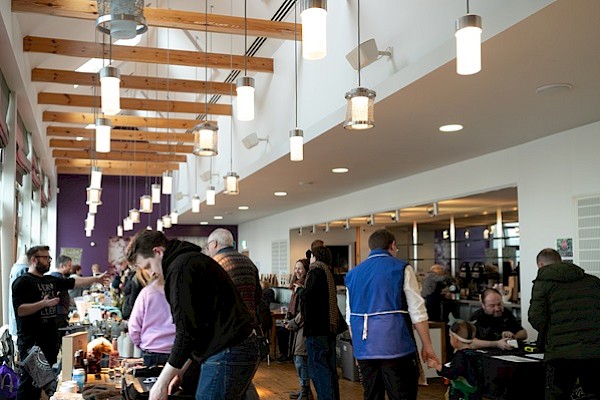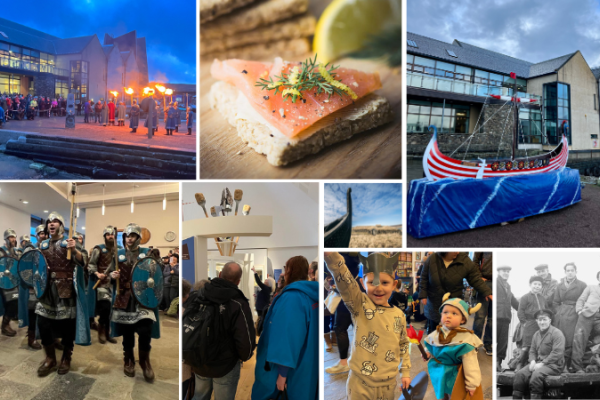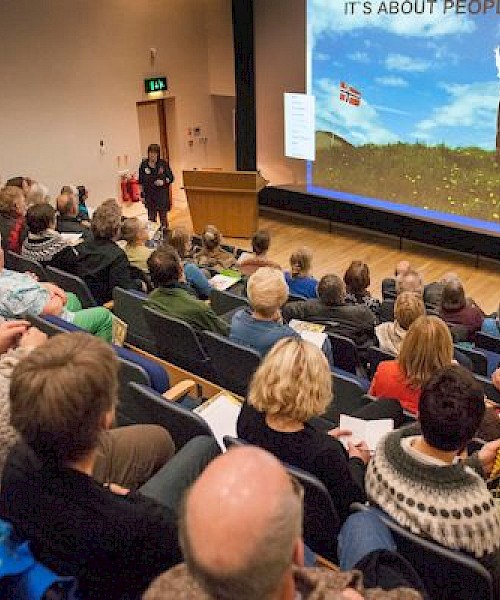Littoral Art Project gives pupils a new perspective on beach litter
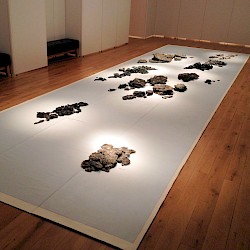 Over the coming weeks, hundreds of pupils will visit Da Gadderie, in the Shetland Museum and Archives, to view the exhibition artist Julia Barton has produced in response to her work investigating beach litter over the last 3 years and her work on beaches with pupils this spring through her Littoral Art Project. The pupils will carry out workshops to follow up workshops undertaken at their schools and show Julia some of the work they have been continuing since she was last in Shetland.
Over the coming weeks, hundreds of pupils will visit Da Gadderie, in the Shetland Museum and Archives, to view the exhibition artist Julia Barton has produced in response to her work investigating beach litter over the last 3 years and her work on beaches with pupils this spring through her Littoral Art Project. The pupils will carry out workshops to follow up workshops undertaken at their schools and show Julia some of the work they have been continuing since she was last in Shetland.
Julia spent spring 2016 working with Shetland Amenity Trust, through its Dunna Chuck Bruck anti-litter campaign, leading workshops to raise awareness of the problem and looking at ways to tackle it. Through this they delivered workshops to 15 schools throughout the islands, involving 227 pupils ranging in age from primary 1 to Secondary 4.
Three workshops were offered, which focused on a range of issues related to beach litter and targeted at different age groups.
Future Fossils - lower to mid primary classes
Fossils pre-made using beach litter were placed on beaches local to the school. Pupils then hunted for the fossils, which they broke open and reflected on where they would be in their lives when the materials making each fossil start to break down. The resulting timeline showed litter alongside life journeys and historical events.
Return to Sender - upper primary classes
Pupils carried out CSI-style beach investigations collecting and recording litter samples in 'evidence bags' which could be traced back to manufacturers. The evidence was then returned to manufacturers, urging them to consider the environmental impact of their product/packaging.
Close Examination - secondary classes
Pupils mapped small defined areas of beach, collecting samples for examination under microscope to record the abundance of microplastics. They researched the implications of microplastics for marine organisms and products containing microplastics. Pupils developed images/artwork to illustrate the dangers to organisms and ourselves of plastic pollution in our seas.
Julia and the children also identified and collected plastiglomerates, a category of rock acknowledged by scientists as a marker of human pollution on the geological record. These items were used to really push home the message that plastic litter is everywhere and will be a blight on our planet for many, many generations, if not forever. Julia posed the question: just as they currently learn about the Stone and Iron Age, did the pupils think their ancestors may learn about this time period as the plastic age?
Following the work on the beaches, the pupils took their findings back to the classroom to continue their work and create larger projects. During their upcoming visits to Da Gadderie, the pupils will have the opportunity to take examples of their work to discuss with Julia, and add it to the exhibition.
Julia explains: “I am really looking forward to showing all the pupils we worked with in the spring the NEO Terra exhibition and hearing their reactions to it. I very much enjoyed working with all the schools, all of the classes we worked with were very enthusiastic. I have heard about some great follow up work they have been carrying out and I am very excited to see and discuss what they will bring to Da Gadderie. I am looking forward to putting together an impressive Schools Portfolio of their work to sit alongside folders of their drawings and written work, enabling them to show everyone visiting the exhibition what they have learnt. Most importantly I look forward to hearing what ideas they have come up with to help us to tackle the causes of marine & beach litter’
The addition of the pupil’s work is just one of the ways in which Julia’s exhibition is evolving in Da Gadderie. Since opening on 8th October, Julia has been adding place names to her plastiglomerate archipelago, examining Shetland beach samples for microplastics, and hearing visitor’s thoughts and experiences of beach litter and what can be done. Julia will also be launching her illustrated Guide to Beach Litter on 3rd of November. The guide is a useful tool which will help identify different types of litter, where it comes from and how long it will take to degrade. It’s a great educational tool that highlights the problem and how understanding it better is a first step toward solving it. Each school will be given a few copies and Guides will be on sale locally costing £3 each.
Sita Goudie, Shetland Amenity Trust Environmental Improvement officer: “Julia Barton’s Littoral Sci:Art Project appealed to the Trust as it believes in opening people’s eyes to the problem and trying to address it at source as well as on the beaches. By mixing science and art, the workshops and artwork get serious messages across in a fun but very educational way. This project is very innovative and gives the pupils an entirely different perspective on the litter they pick up during their annual Redd Ups. I really liked that Julia got the pupils down to their local beach, making the global issue of plastic litter personal to them. She also enabled them to realise that they cannot only take action against litter on our coastlines, and ensure local waste/litter does not make it to our marine environment, but also ask questions of multinational companies about what they are doing to prevent their packaging and products littering our shores and harming our wildlife.
Her Neo Terra exhibition in Da Gadderie really makes you think about the issue of litter and the fact she is adding to the exhibition means people can discover something new each time they go. I would encourage anyone who has not already seen the exhibition to visit before it closes on 12th November.”
Julia’s littoral art project started three years ago in Ross-shire and is slowly working its way along the Scottish coastline. The findings from this Shetland leg will add to Julia’s ongoing work, in fact some pieces of Shetland plastiglomerates will be leaving the isles with Julia to appear in future artworks.
While Julia’s ambition is to raise awareness of littering and what everyone can do about it, with the length of time many of the items littered lasts in the environment, she is very aware that it is the younger generations who will have to deal with these problems. Through her work she shows them how we live, shop and manage our rubbish, including what we flush, influences the level of litter on our beaches, and that we can also ask questions of companies, organisations and politicians. Julia explains “We hope our younger members of society will become ambassadors against litter of all types and enable change through their actions for current and future generations.”
Neo Terra will be in Da Gadderie until 12th November. Julia will be present in the gallery on many days during the exhibition and looks forward to meeting visitors, particularly on Friday afternoons 2-4pm
